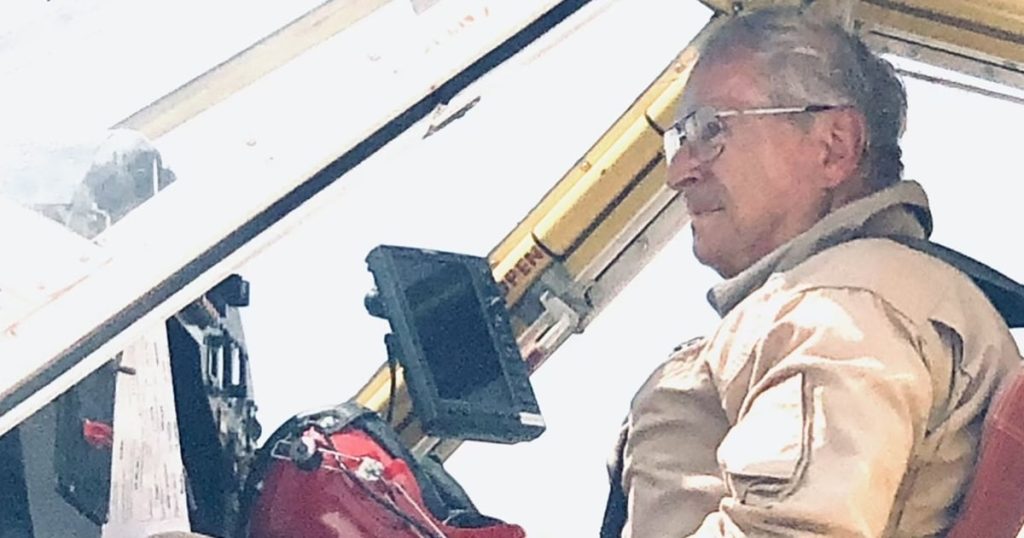James Bailey Maxwell, a 74-year-old experienced pilot with 54 years of flying experience and 24,000 hours of flight time, was identified as the pilot of a single-engine air tanker that crashed near eastern Oregon’s Falls Fire on Thursday. The U.S. Forest Service described Maxwell as a respected member of the wildland firefighting community. The plane was contracted by the U.S. Bureau of Land Management to assist in the firefighting response to the Falls Fire. The cause of the crash is under investigation by the Federal Aviation Administration.
Maxwell, who had family in Idaho, Oregon, and Washington, was the only person aboard the aircraft when it went down near Seneca, Oregon. An autopilot issue was reported before the crash occurred, according to the National Transportation Safety Board. Search efforts led to the discovery of the plane and the pilot’s remains, with the aircraft being identified as an Air Tractor AT-802A. This aircraft is the smallest in Oregon’s fleet of firefighting tankers, capable of reaching hard-to-access areas to drop water or suppressants.
The Falls Fire, which started on July 10 due to human activity, has burned over 142,000 acres and is 57% contained, according to federal incident management officials. It is one of many wildfires currently active in the Western United States. Maxwell’s tragic death has left the firefighting community mourning the loss of one of their own. The U.S. Forest Service expressed condolences for Maxwell’s family and highlighted his long career in aviation.
An official Facebook page for the Falls Fire confirmed that the plane involved in the crash was contracted by the BLM and assigned to assist with firefighting efforts. The forest service mentioned the specialized capabilities of the Air Tractor AT-802A, which can navigate difficult terrain to deliver up to 800 gallons of water or suppressant. The NTSB is working to determine the exact circumstances leading to the crash, including any mechanical issues that may have contributed to the tragic incident.
Through search operations, the wreckage of the aircraft and Maxwell’s remains were located in the rural area near Seneca. The remote location posed challenges for recovery efforts, but responders were able to locate and retrieve the pilot. Maxwell’s years of experience in aviation and dedication to firefighting reflect his commitment to serving the community. The loss of such an experienced pilot has reverberated through the wildland firefighting community and highlights the risks associated with aerial firefighting operations.
As the investigation into the crash continues, federal agencies are evaluating safety protocols and procedures to prevent similar incidents in the future. The firefighting efforts to contain the Falls Fire and other wildfires in the region are ongoing, with responders working tirelessly to protect lives, property, and natural resources. Maxwell’s legacy as a skilled pilot and dedicated public servant will be remembered by those who knew and worked alongside him. The tragic accident serves as a reminder of the dangers faced by those who work to combat wildfires and protect the communities affected by these natural disasters.


